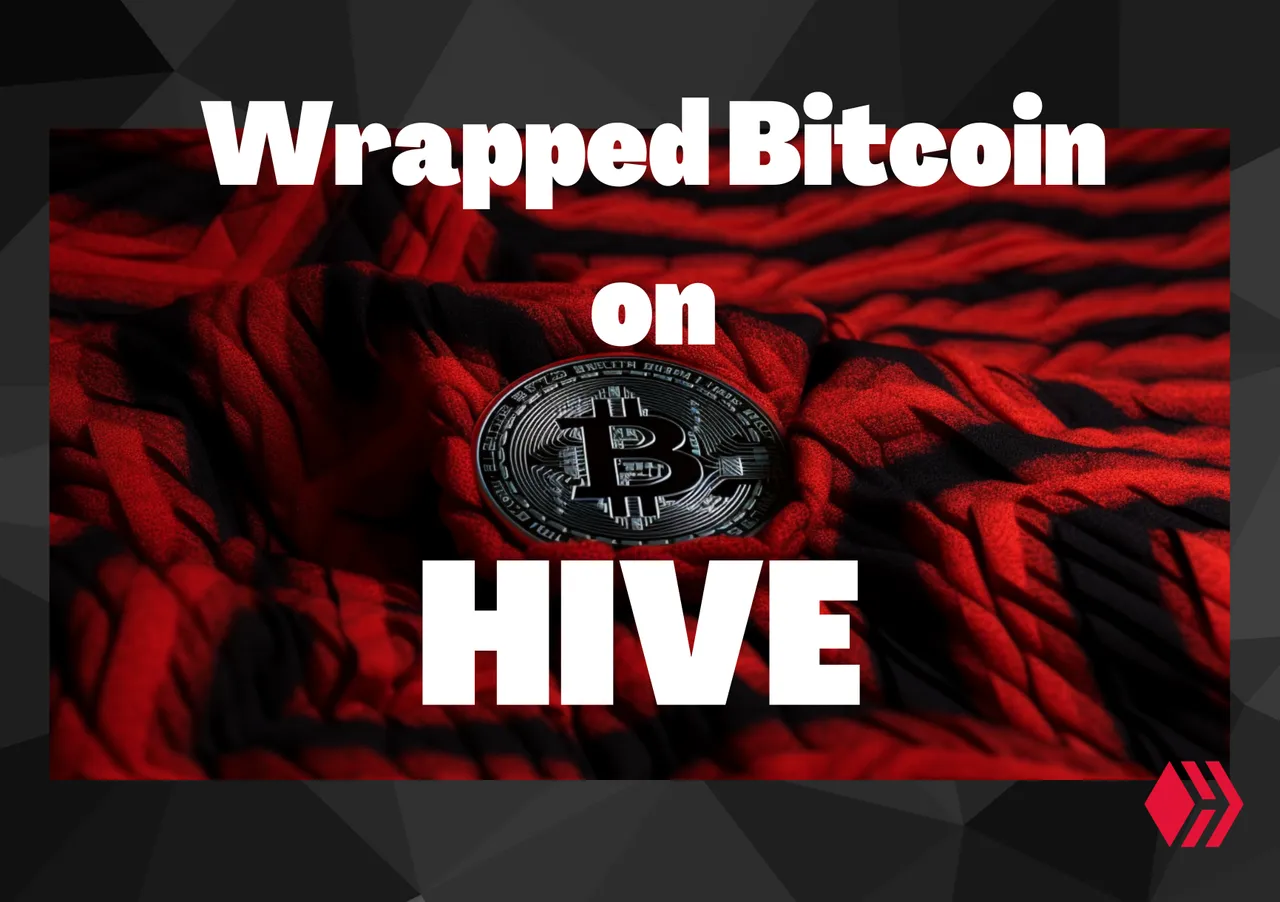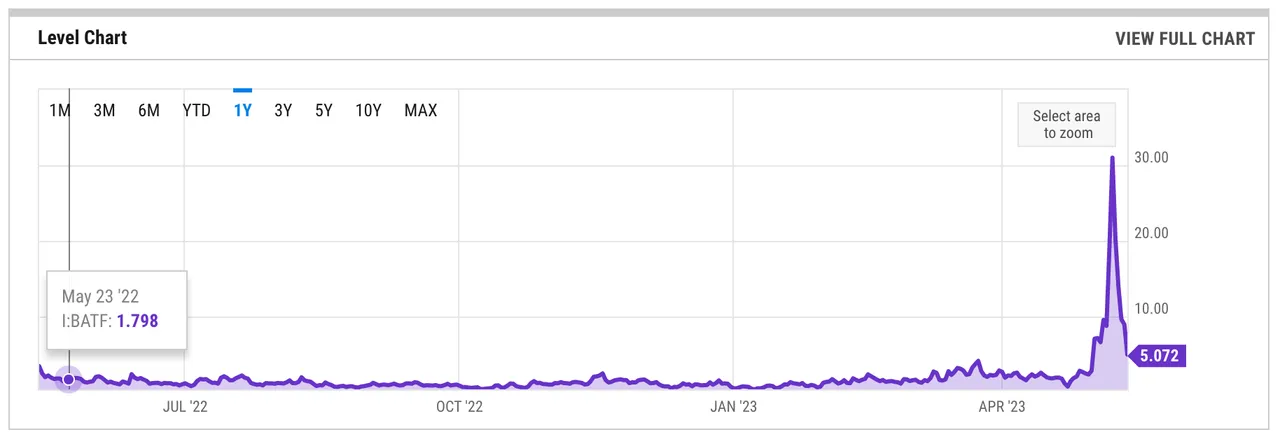
What is wrapped Bitcoin?
A wrapped token, is a representation of an asset from one blockchain on a different blockchain. Let's take WBTC as an example.
WBTC (wrapped BTC) on Ethereum is an ERC-20 token that is minted in exchange for Bitcoin. A custodian locks Bitcoin in a reserve and holds it in custody and delivers the same amount of WBTC. the value of 1 WBTC = BTC. To redeem the Bitcoin, the transaction is done in reverse. You give the WBTC back to the custodian which is burned (destroyed) and your Bitcoin is released back to you.
The transaction is tracked and verified on the Ethereum blockchain, and can be viewed publicly through a block explorer such as Etherscan.
Because Bitcoin is capped at 21 million coins, the maximum number of wrapped Bitcoin is also limited to 21 million.
But what’s the point?
Well, as @starkerz and @theycallmedan discussed in yesterday’s episode #71 of Community Token Talk (CTT) Podcast (@cttpodcast) , every transaction made on the Bitcoin blockchain incurs a transaction fee. Bitcoin miners collect Bitcoin transaction fees when they successfully mine a Bitcoin block, where they also receive the Bitcoin block reward, which is reduced about every four years or 210,000 blocks.
The network fees incentivize miners to process transactions on the network and as block rewards keep getting smaller, fees keep getting higher. In fact, they might become the main incentive for operating a node in the future.
Before 2017, transaction fees were negligible, so nobody really cared about optimization, but as you can see from this chart, transaction fees have been increasing, leading to need for optimization.
Bitcoin Average Transaction Fee (I:BATF)

https://ycharts.com/indicators/bitcoin_average_transaction_fee
One such optimization is done by large, centralized exchanges that have hundreds or thousands of transactions per day. Instead of paying hundreds or thousands of transaction fees, what they’ll do is batch transactions together, making one transaction with a hundred different outputs.
Lightning network

This is part of the reason for creating a second layer called the Lightning network which is built on top of Bitcoin. Lightning is often referred to as THE layer 2 of Bitcoin, but in reality it is just the most prominent out of a myriad of Layer 2 protocols built upon the Bitcoin base layer.
Think of it like this: Bitcoin’s base layer is like gold. Difficult to move around, and overall not a good user experience. If you try and buy a coffee with Bitcoin, you might end up waiting for hours. Try doing that with a brick of gold, lol. 😄
On Lightning, transactions are made instantaneously through direct payment channels between transacting users. These transactions are done off chain and are only broadcast to the Bitcoin network when the users decide they no longer need the channel and close it.
But in order to get inbound liquidity, you need to convince another node that owns Bitcoin, to commit a certain amount of Bitcoin to your financial purposes so you can receive Lightning payments.
This has lead to a growing number of what are called Lightning Hubs, which are basically companies that are opening a large number of Lightning nodes and channels. Some could argue that this is leading to the centralization of the Lightning network.
so…
Is there another way?
Well yes, there definitely could be. As you may have heard, there a censorship-resistant, value transfer, freedom of speech network called HIVE, which is fast, feeless and decentralized.
If we were to develop a wrapping mechanism that exchanges Bitcoin for wrapped Bitcoin on HIVE that is not under a custody of a single entity, we could move bitcoin around with zero fees.
We are already seeing businesses in Venezuela that are happily accepting HIVE and HBD, the same is happening in Guatemala and other parts of the world.
In my opinion, we need a couple of things:
Bitcoin needs to be stored in a safe way. Why? because any large amount of Bitcoin in a single place becomes a honey pot, a delicious repository of golden goodness that hackers will relentlessly try to crack into once they are aware of its existence.
You need to be sure you can exchange your Hive-BTC for BTC and you need to be sure it can be done immediately.
so wen Hive-BTC?
The answer to that is of course Soon™.
Make sure you listen to the latest CTT Podcast on @threespeak Twitter Spaces or on your favorite HIVE front end.
Images created using Midjourney and edited in Canva.